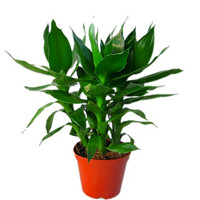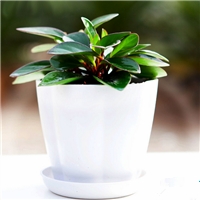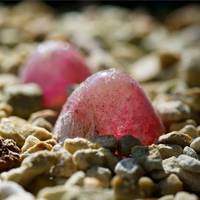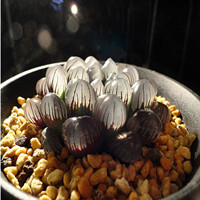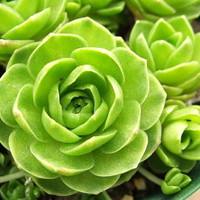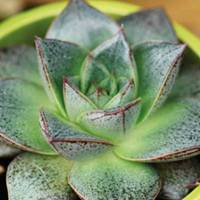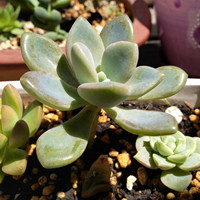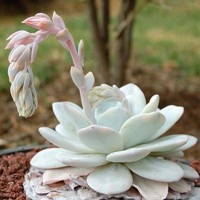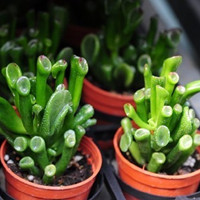Can You Root Outdoor Plants in Water?
Many gardeners want to propagate their favorite outdoor plants, but they don’t know where to start. Luckily, rooting plants in water is a simple and effective way to grow new ones. But can you root outdoor plants in water? In this article, we’ll explore the benefits and drawbacks of water propagation, and offer tips for rooting outdoor plants in water.
The Benefits of Rooting Plants in Water
Rooting plants in water has several benefits. It’s easy, affordable, and doesn’t require any special equipment. Water propagation allows gardeners to multiply their plants without taking cuttings from the parent plant, which can be a stressful process. Additionally, rooting plants in water provides a clear view of the roots, enabling gardeners to check for diseases or other issues. Finally, water propagation is a fun and rewarding project for gardeners of all skill levels.
What Plants Can Be Rooted in Water?
Although most gardeners prefer to root indoor plants in water, many outdoor plants can also be propagated this way. Some examples include herbs such as basil, mint, and oregano, as well as shrubs like hydrangeas and roses. Additionally, vegetables such as tomatoes, peppers and eggplants can be rooted in water before being transplanted outside. However, some outdoor plants may not be suitable for water propagation, so it’s important to research the specific needs of your plants before attempting this method.
How to Root Outdoor Plants in Water
To root outdoor plants in water, follow these steps:
Select a healthy stem with a few leaves from the parent plant.
Cut the stem at a 45-degree angle using a sharp and clean pair of scissors.
Remove the lower leaves, leaving only the top leaves on the stem.
Place the stem in a clear container filled with water, making sure that the cut end is fully submerged.
Place the container in a bright and warm location, but away from direct sunlight.
Change the water every few days to prevent bacterial growth and root rot.
Wait until roots appear, then transplant the new plant into soil.
The Drawbacks of Water Propagation
While rooting plants in water has many benefits, there are some drawbacks to keep in mind. For example, not all plants will root in water, and some may take longer to root than others. Additionally, plants rooted in water may have a weaker root system compared to those propagated in soil. Finally, some plants may suffer from transplant shock after being moved from water to soil, which can affect their growth and development.
In Conclusion
Rooting outdoor plants in water is a fun and effective way to propagate new plants. However, not all plants are suitable for this method, and it’s important to research the specific needs of your plants before attempting water propagation. By following the steps outlined in this article, you can successfully grow new plants to add to your garden and enjoy the benefits of water propagation.

 how many times do yo...
how many times do yo...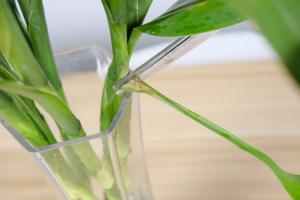 how many planted tre...
how many planted tre...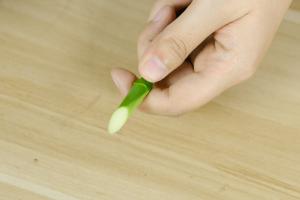 how many pine trees ...
how many pine trees ... how many pecan trees...
how many pecan trees... how many plants comp...
how many plants comp... how many plants can ...
how many plants can ...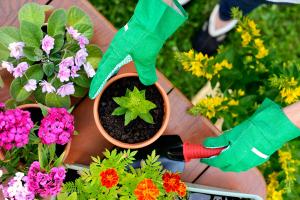 how many plants and ...
how many plants and ...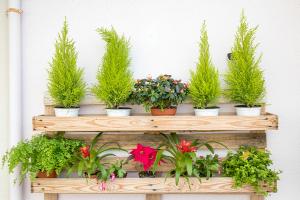 how many pepper plan...
how many pepper plan...





